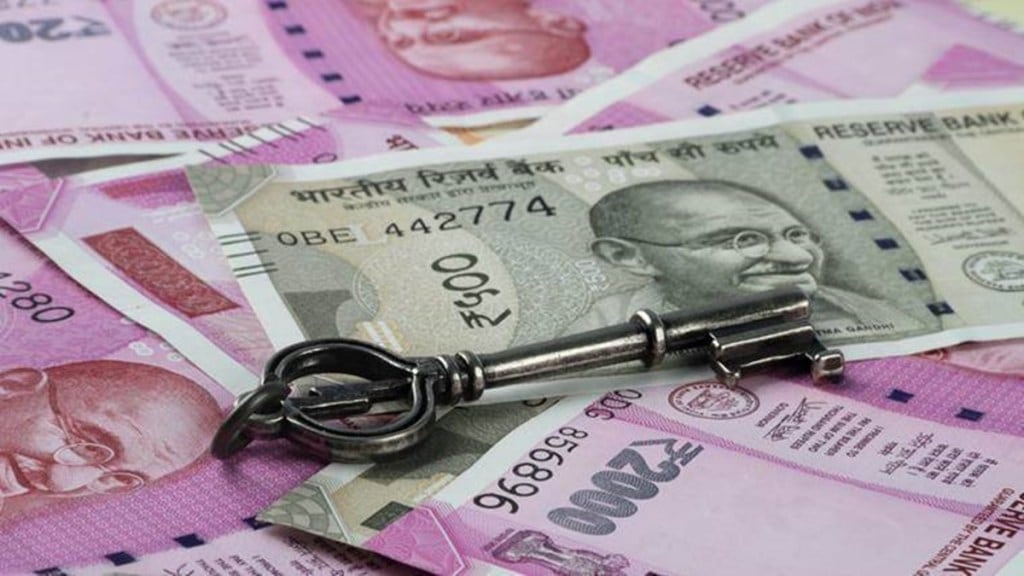The growth in the loans to the industry has stagnated with the banking sector clocking an 8.7% growth in January. The moderation is on account of the slower pace of growth in MSME credit, which was the main driver of the growth in loans since April.
Banks’ credit to the medium industries grew 30% in November, 15% in December and 18% in January, data from the Reserve Bank of India (RBI) shows, while loans to micro and small industries has grown 20%, 14% and 15% in the respective months.
A large number of MSME loans are linked to the external benchmark like the repo. Hence with the repo rate going up, there has been an immediate increase in the borrowing cost, Bank of Baroda economist Aditi Gupta said. In the current tightening cycle, the RBI has increased repo rate by 225 basis points to 6.50%.
Also read: Govt starts process to delist MTNL for merger with BSNL
One of the reasons the MSME credit growth took off after 2020 was the flagship credit guarantee scheme launched by the government during the pandemic to aid businesses sustain during lockdowns. Recently, Union finance minister Nirmala Sitharaman reportedly met with the heads of banks to review the progress of the ECLGS scheme and discuss the possibility of another extension. The scheme is set to expire on March 31. Under the scheme, banks have disbursed loans of up to `2.5 trillion to MSMEs as of September 30, the RBI said in its FSR report. The data also showed that distress continues in the MSME sector, with a sixth of accounts that availed funds under the ECLGS turning bad loan, the RBI said.
In the Union Budget 2023, the government has also announced an infusion of `9,000 crore in the Credit Guarantee Fund Trust for Micro and Small Enterprises to enable additional collateral-free guarantee credit of `2 trillion. Additionally, the RBI also expanded scope of its TReDS platform to boost credit to MSMEs.
Also read: Adani Group prepays loans of Rs 7,374 crore
In addition to the MSME sector, credit growth to large industries, too, has witnessed a moderation from 10.5% in November to 6.5% in January. A revival in consumer demand, rise in private capital expenditure and increased government spending can be triggers for industry credit growth, analysts said. Sectorally, export-intensive segments such as gems & jewellery, leather, rubber, plastics and textiles decelerated. However, metals, cement and chemicals segments saw growth in January.
“Given that industry constitutes over 25% of total non-food credit, its pace of growth could turn out to be an incremental delta for overall non-food credit pick up. We believe industry growth will have to emerge as a key driver to boost credit expansion,” brokerage ICICI Securities said in a report.
